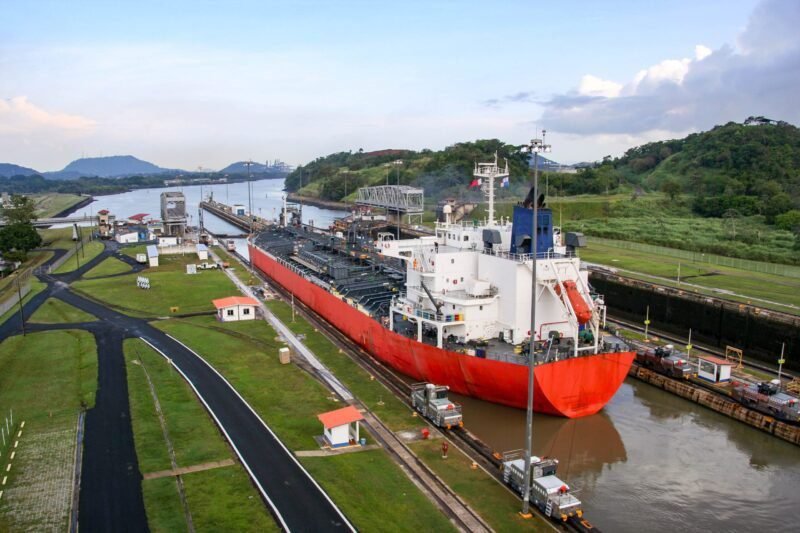The Panama Canal has been experiencing disruptions in shipping due to drought conditions, with discussions relating to the El Nino Southern Oscillation (ENSO) and its impact on precipitation cycles. The National Oceanic and Atmospheric Administration predicts the onset of La Nina in June to August 2024, leading to expectations of increased rainfall during the upcoming rainy season. Historical trends suggest that rainfall will be near or above normal, potentially easing restrictions on shipping through the canal, although actual data may vary.
Data from the Colon Province shows a decline in precipitation below the 50-year average coinciding with La Nina events, with annual rainfall in 2022 being the lowest since 1985. A graphic illustrating annual precipitation from 1971 to 2022 shows deviations from historical trends during different ENSO events, with lower rainfall during La Nina years and higher rainfall during El Nino years. The push for climate-resilient infrastructure for the canal is crucial, regardless of expected rainfall patterns.
Experts emphasize the need for climate-resilient infrastructure for the canal and the unpredictability of rainfall patterns in Panama. As discussions continue on the impact of ENSO events, the focus remains on preparing for varying weather conditions and ensuring the resilience of the Panama Canal infrastructure.
Share it now














